Kids Can Vote for Their Favorite Book
By Jennifer Bergen, Program & Children’s Manager
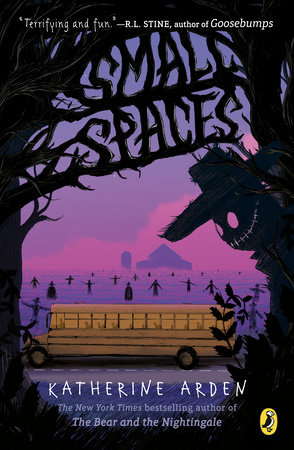 Voting for my favorite William Allen White book was always a treat in elementary school. My school librarian, Mrs. Nickel, got us excited about the books on the list and voting in the election. Announcing the winner was a library celebration. The winning book, with the cover already worn and pages curled from so many checkouts, was ceremoniously given the gold William Allen White Award sticker for all to see in the years to come.
Voting for my favorite William Allen White book was always a treat in elementary school. My school librarian, Mrs. Nickel, got us excited about the books on the list and voting in the election. Announcing the winner was a library celebration. The winning book, with the cover already worn and pages curled from so many checkouts, was ceremoniously given the gold William Allen White Award sticker for all to see in the years to come.
Kansas was the first state to create a “children’s choice” book award where the intended audience – children – voted on their favorite book, unlike other awards that are chosen by committees of adults. It was named for Pulitzer prize-winner William Allen White who was editor of the Emporia Gazette in the 1890’s and into the 20th Century. For 69 years, children across the state have sought out books on the William Allen White master list and then filled in their voting ballot for the best one.
Voting will come to a close in mid-April, but there’s still time to fit in some reading. Here are a few titles I’ve enjoyed from the 2020-21 William Allen White master list:
“Bob“ by Wendy Mass and Rebecca Stead is magical realism at its best. Livy rediscovers her strange childhood friend, whom she named Bob, when she visits her grandmother for the first time in five years. Bob has been waiting for her in the closet, just as she told him to do before leaving many years ago. It has been a long, sad wait. He is still wearing his chicken suit and has passed the time by playing chess with a Lego pirate monkey. The older, more realistic Livy has trouble reckoning with this odd creature that doesn’t seem to be from this planet, but Bob reminds her that she once promised to find a way for him to get back home.
Do you know any kids who like scary books? “Small Spaces“ by Katherine Arden is about as creepy as children’s literature gets. This is the perfect page turner for fans of Holly Black’s “Doll Bones“ or Neil Gaiman’s “Coraline“. Arden gets extra credit for making a parallel world full of not just ghosts, but also evil, smiling scarecrows. Ollie inadvertently retrieves a strange book that seems harmless enough until she begins noticing connections between the book’s mysterious tale and her own life. The advice to stick to small spaces doesn’t have meaning until later when an innocent school trip goes terribly wrong.
“Merci Suárez Changes Gears” by Meg Medina is more lighthearted, but covers a lot of territory. Merci has trouble fitting in at her private school where other kids brag about their amazing vacations and ride shiny bikes to 6th grade. Merci’s home life is different than theirs but comes with some perks, like living right next to Abuela and Lolo, her doting grandparents. When trouble brews at school, Merci has to find a way to be herself without letting Edna Santos walk all over her. It helps to tell Lolo all her thoughts and frustrations, but her grandfather begins forgetting important things and messing up. Merci just isn’t sure how to make everything right again.
The William Allen White list includes a range of reading levels and nonfiction as well. “Can I Touch Your Hair? Poems of Race, Mistakes and Friendship” by Irene Lathan and Charles Waters is a great one to share with a group and spark some conversations. The poems alternate between young Charles and Irene – one who is black, and one who is white – as they work on a school assignment. They share the poems they write about their very different lives and begin to see each other through new eyes. The power of the story is in the honest and straightforward way they write of their experiences, including their own mistakes, giving courage to others to do the same.
For a full list of books competing for the William Allen White Award, visit https://wawchildrensbookaward.com. Any Kansas student in 3rd-8th grade can vote for their favorite one. If your school is not collecting ballots this year, send an email with your name, age, city/town name, and favorite book from the list to kidstaff@mhklibrary.org by April 10, and the library will submit your vote!

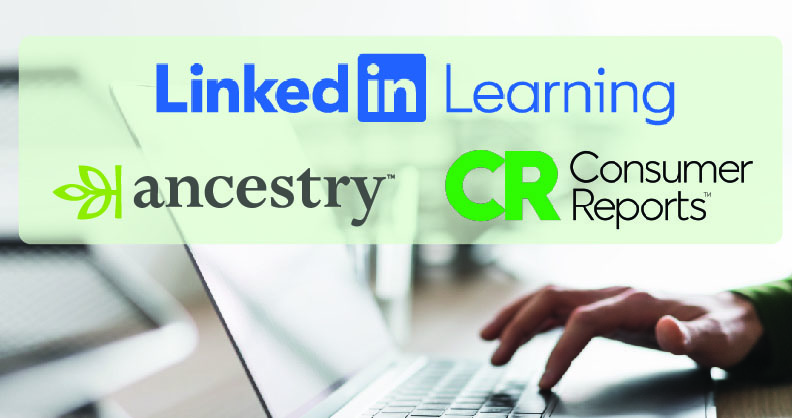
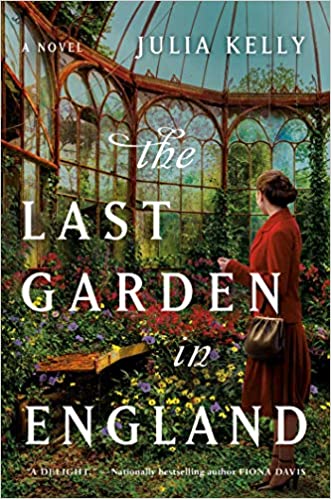 “
“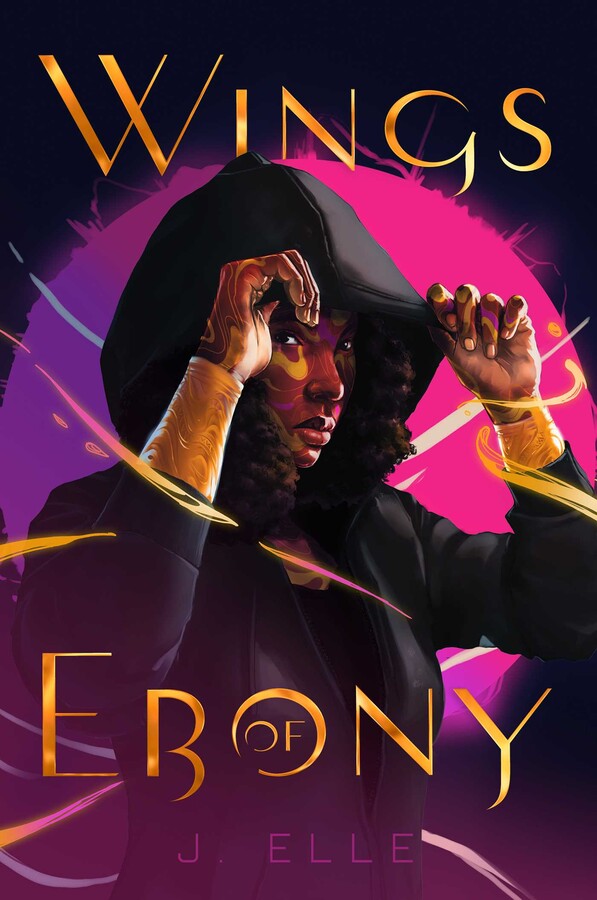 I am a long-time fan of fantasy books. When I was about 10 years old, I picked up “
I am a long-time fan of fantasy books. When I was about 10 years old, I picked up “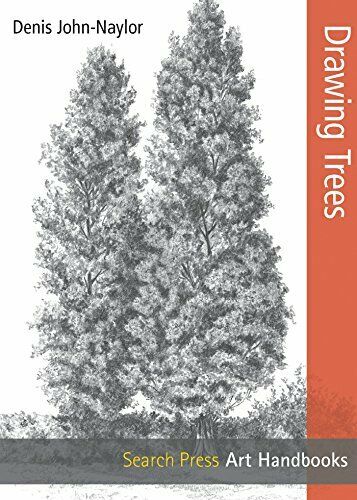 To alter a proverb just slightly, I’d say routine is the spice of life. That spice might be the sprinkle of paprika on top of a deviled egg, more there for aesthetics than flavor, but you eat with your eyes first, so aesthetics are important. In this analogy, the deviled egg is your day, and the paprika is that one routine that makes your day a little more appealing.
To alter a proverb just slightly, I’d say routine is the spice of life. That spice might be the sprinkle of paprika on top of a deviled egg, more there for aesthetics than flavor, but you eat with your eyes first, so aesthetics are important. In this analogy, the deviled egg is your day, and the paprika is that one routine that makes your day a little more appealing.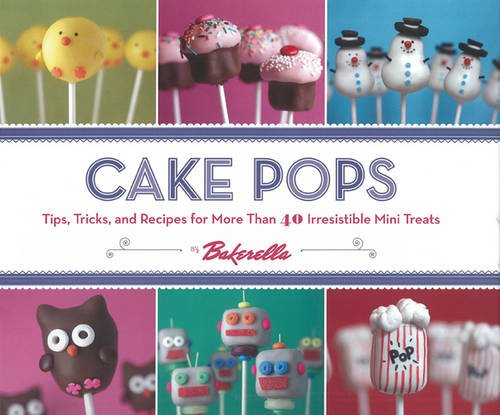
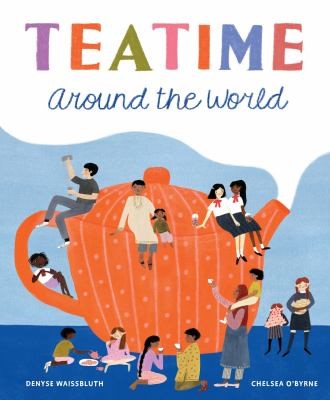 A new year is a great time to discover new books. We currently have a surplus of new children’s books at the library! Because of the pandemic, shipments from our book supplier have been delayed by several months. I have found several intriguing nonfiction titles that kids can dive into.
A new year is a great time to discover new books. We currently have a surplus of new children’s books at the library! Because of the pandemic, shipments from our book supplier have been delayed by several months. I have found several intriguing nonfiction titles that kids can dive into.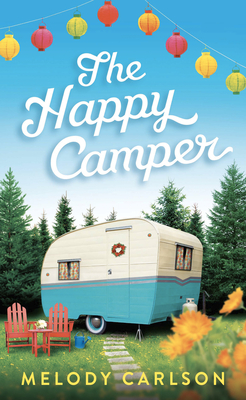 When the world feels overwhelming and uncertain, I often turn to a Christian Romance novel. Christian Romance tends to have settings that are challenging, but characters with positive outlooks and a guaranteed happy ending. It often helps me to turn around my outlook when I read stories of good people overcoming adversity while maintaining their values. The following titles take us to an Oregon farm retreat, a rescue on Mount Denali, Texas Hill Country in the 1850s, and a small town in North Carolina.
When the world feels overwhelming and uncertain, I often turn to a Christian Romance novel. Christian Romance tends to have settings that are challenging, but characters with positive outlooks and a guaranteed happy ending. It often helps me to turn around my outlook when I read stories of good people overcoming adversity while maintaining their values. The following titles take us to an Oregon farm retreat, a rescue on Mount Denali, Texas Hill Country in the 1850s, and a small town in North Carolina.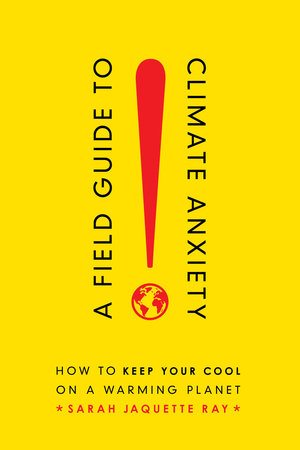 Manhattan Public Library’s programming looks a little different these days as we navigate these past nine months of physical distancing. We aren’t able to gather, we can’t share the spaces we all love in the library and we can’t offer all of the same wonderful in-person programs that bring our community together. We can shift to stay connected and serve you, our community. By now, we’re all (well, most all) accustomed to seeing our co-workers, distant family members and friends through computer webcams. It’s a necessary but impersonal tool to continue our lives as best as we can during this global pandemic. So we shift.
Manhattan Public Library’s programming looks a little different these days as we navigate these past nine months of physical distancing. We aren’t able to gather, we can’t share the spaces we all love in the library and we can’t offer all of the same wonderful in-person programs that bring our community together. We can shift to stay connected and serve you, our community. By now, we’re all (well, most all) accustomed to seeing our co-workers, distant family members and friends through computer webcams. It’s a necessary but impersonal tool to continue our lives as best as we can during this global pandemic. So we shift.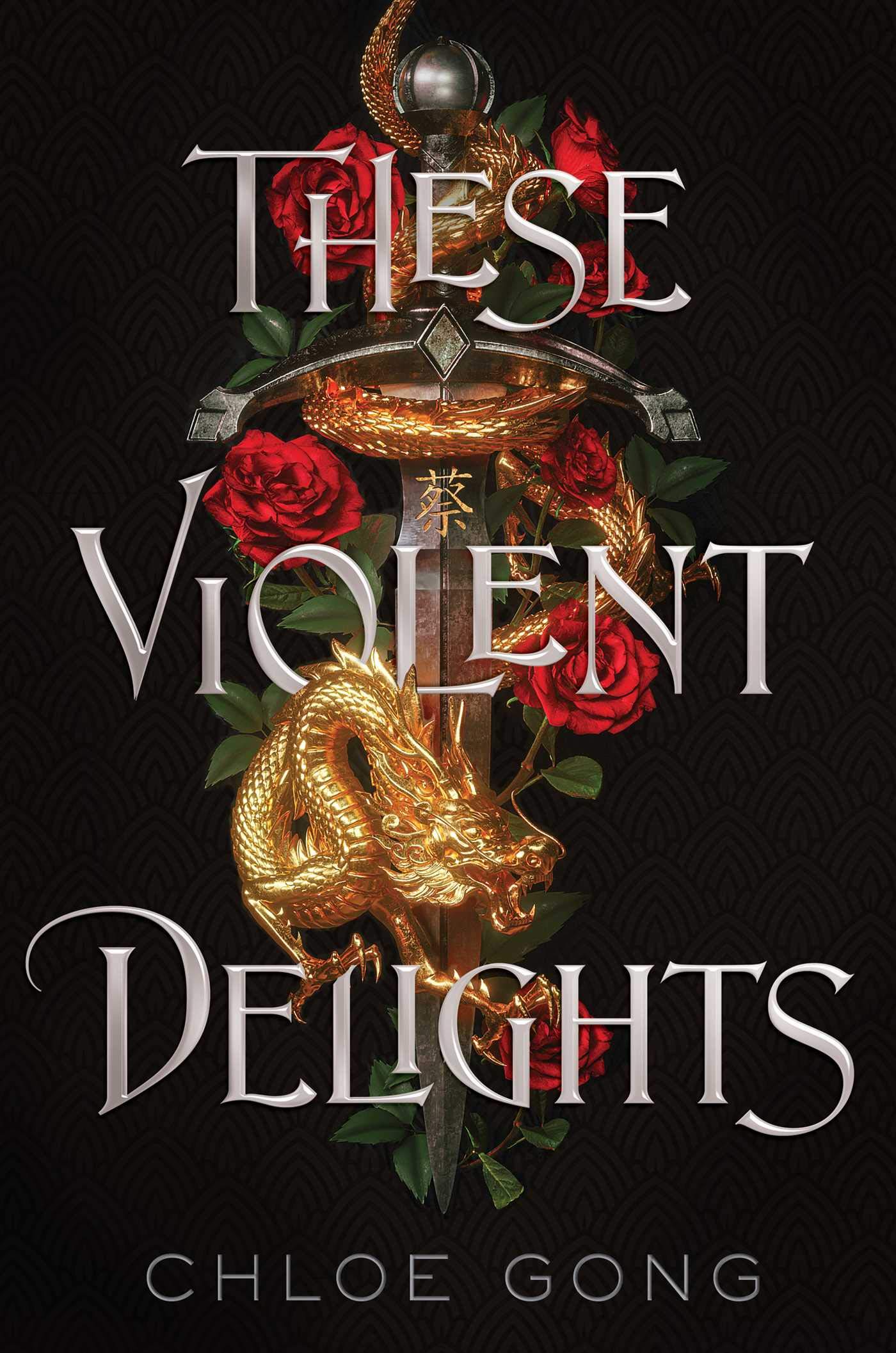 While pursuing my master’s degree in English from K-State, I became interested in the concept of retellings as a narrative device. Why are there some stories we seem insistent to revisit? What is it about these stories
While pursuing my master’s degree in English from K-State, I became interested in the concept of retellings as a narrative device. Why are there some stories we seem insistent to revisit? What is it about these stories 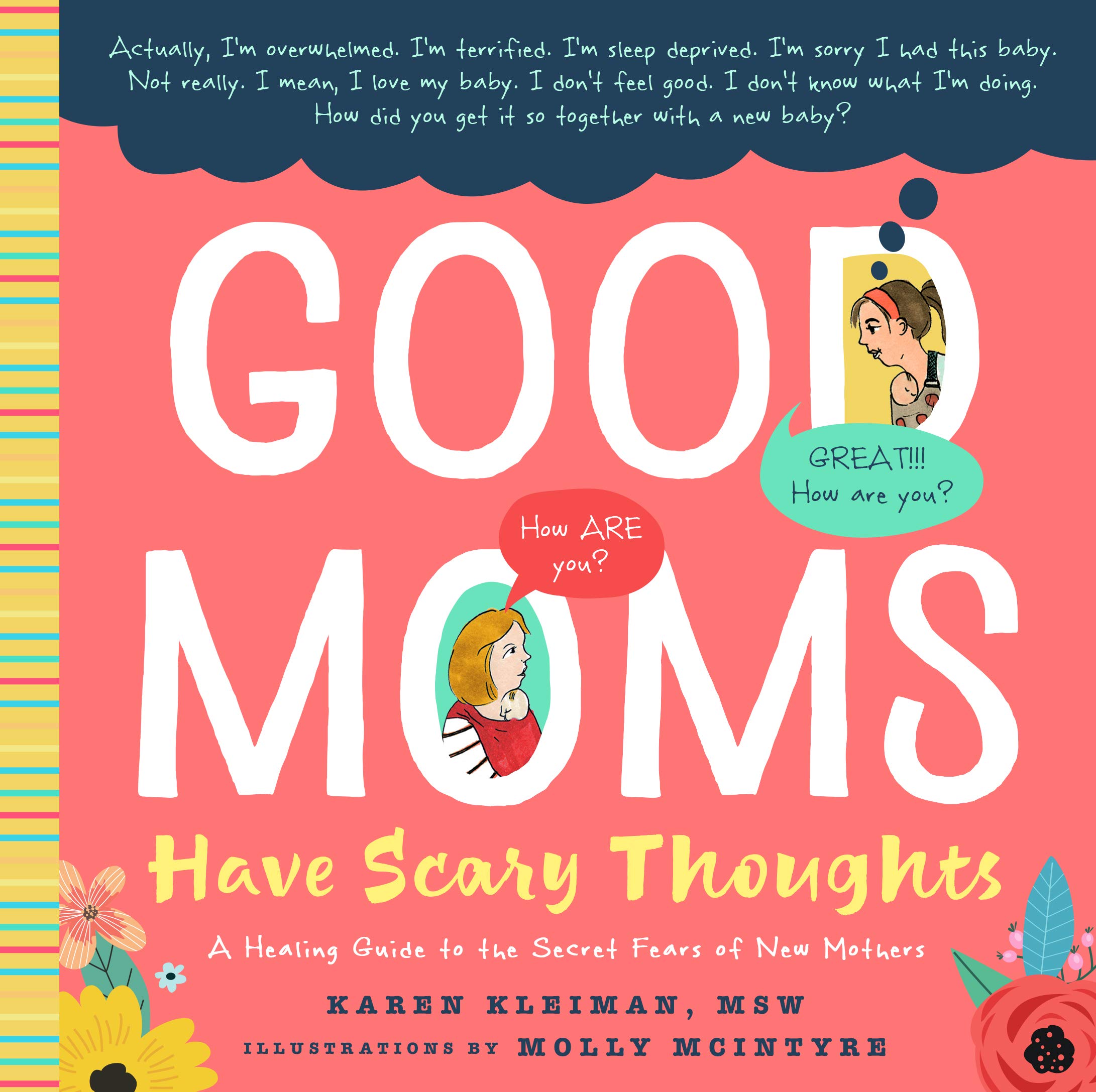 Amongst the many historic and monumental changes that hit the world in 2020, my life was rocked by another great and terrible change: I became a parent. Parenthood has been wonderful and awe-inspiring, but it’s also terrifying, especially when you’re staring it down while undergoing a long, uncontrollable biological experiment—that is, pregnancy. To say I dislike change is to phrase things mildly, so it’s no surprise that I struggled with pregnancy and all the changes it unleashes. In times of uncertainty, I cleave to books, and so I researched and read all hours of the evenings and weekends. Here are the books that brought me knowledge and reassurance.
Amongst the many historic and monumental changes that hit the world in 2020, my life was rocked by another great and terrible change: I became a parent. Parenthood has been wonderful and awe-inspiring, but it’s also terrifying, especially when you’re staring it down while undergoing a long, uncontrollable biological experiment—that is, pregnancy. To say I dislike change is to phrase things mildly, so it’s no surprise that I struggled with pregnancy and all the changes it unleashes. In times of uncertainty, I cleave to books, and so I researched and read all hours of the evenings and weekends. Here are the books that brought me knowledge and reassurance.